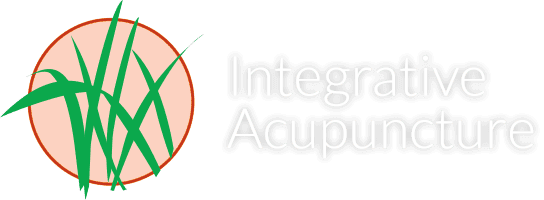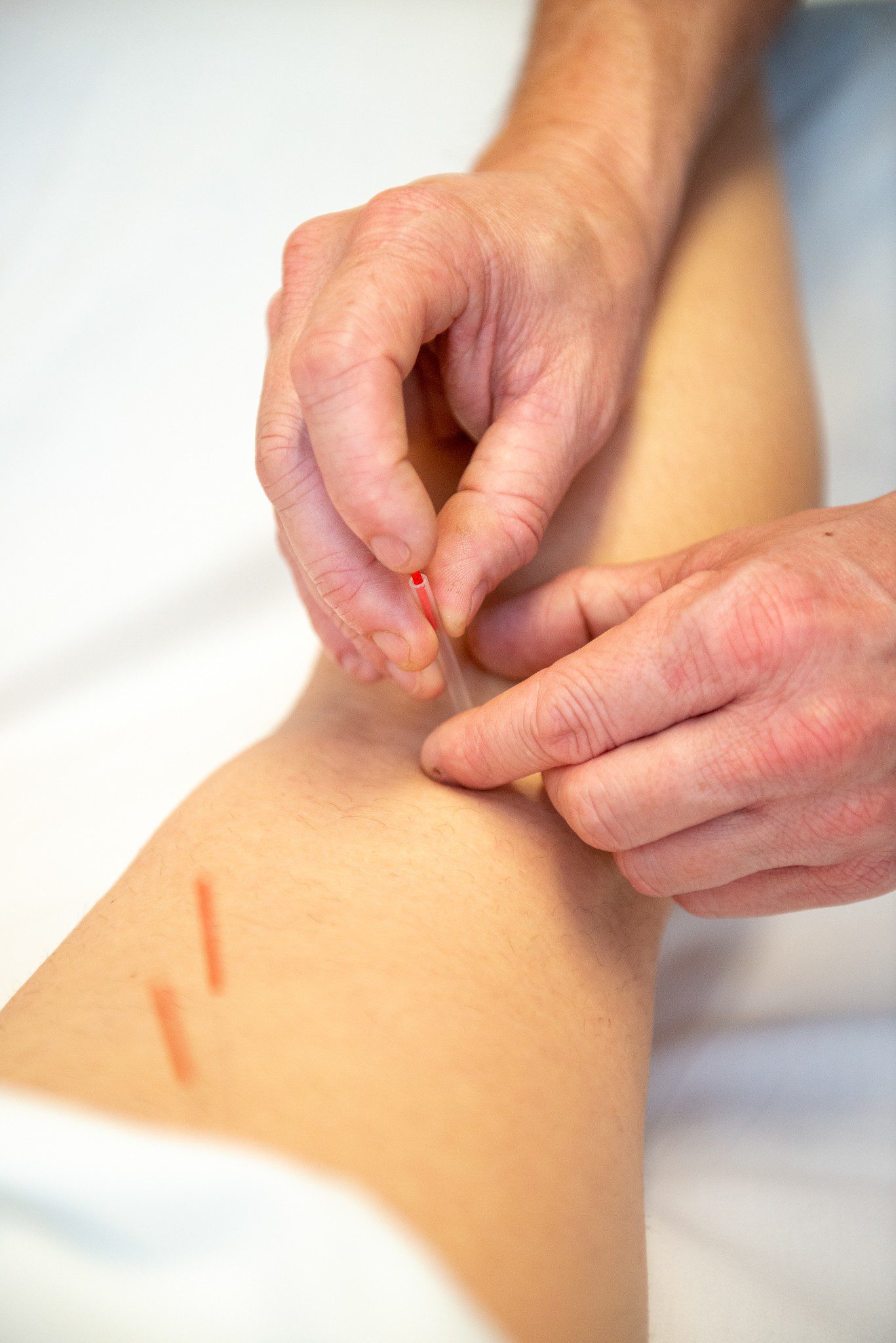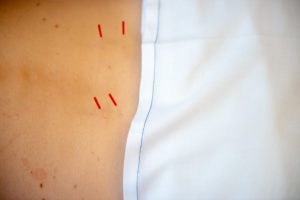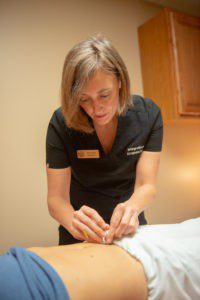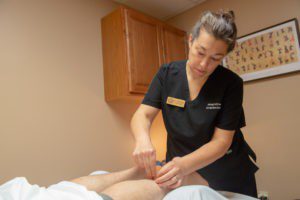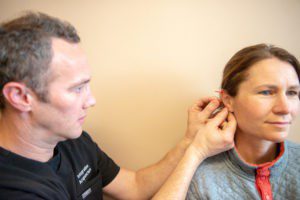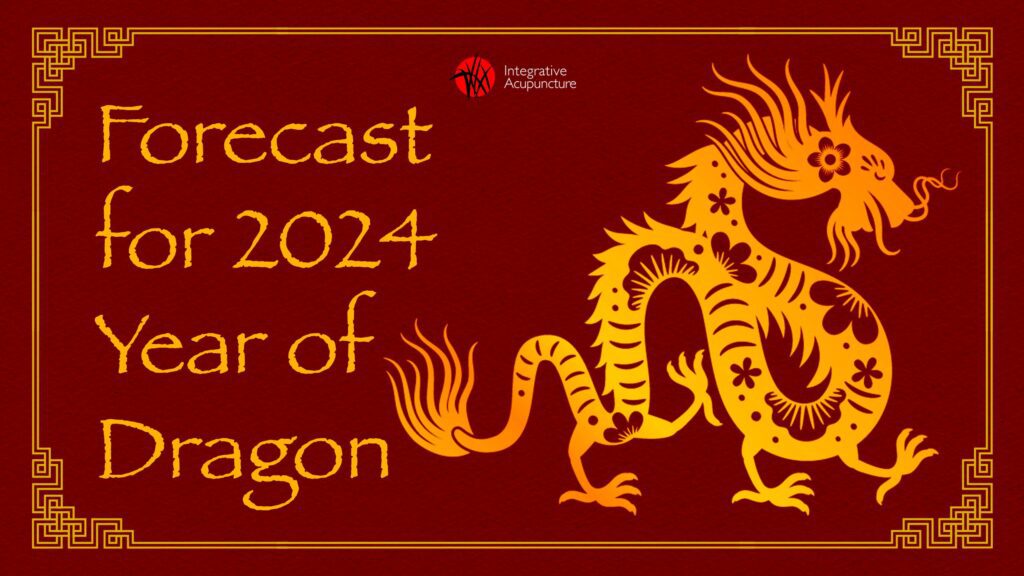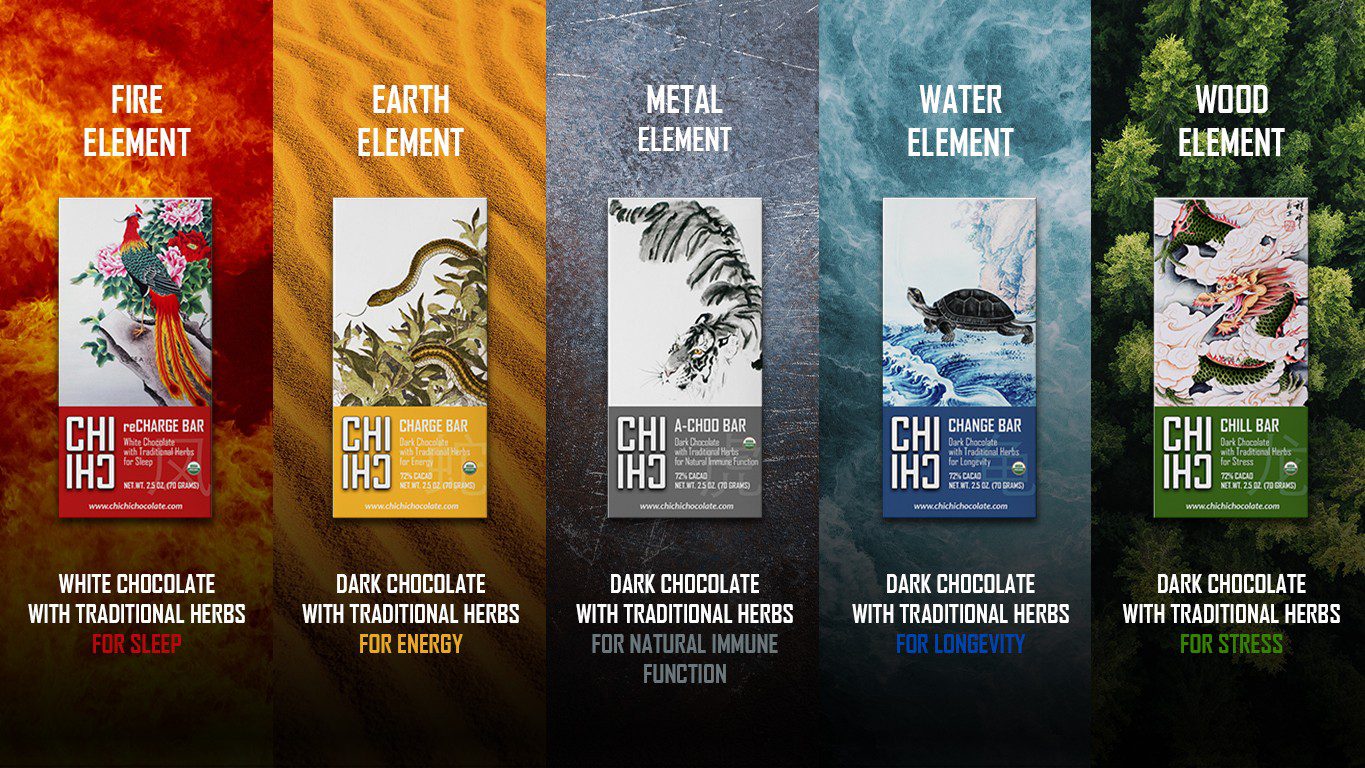Recommended to try Dry Needling? Noticed it looks a lot like Acupuncture? Let’s go over Acupuncture vs. dry needling, the differences, the similarities and the techniques to help you decide if you should try dry needling.
Dry Needling
Dry needling has been making news lately. This new technique is sweeping the physical therapy industry by storm and one by one they are learning this innovative and simple therapy that often has instant results in reducing pain. But is it a new technique or is it acupuncture in sheep’s clothing? Let’s look at the basics- the techniques, the tools and the education and you decide for yourself, is dry needling the same as acupuncture?
| Dry Needling | Acupuncture | |
| Tool Used | Solid filiform needle | Solid filiform needle |
| Location of Body Inserted | Entire body, based on Trigger Points | Entire body, based on Acupuncture points |
| Hours of Training in Needling | None regulated federally, 24 hour courses are the norm to begin needling | Begin needling in 1st year of 3-4 year masters degree program |
| Required Exams | None, must be a licensed physical therapist to take the weekend course | National Board Certification, qualified to sit for exam after masters degree program |
| Theory of Explanation | Based on release of trigger points, discovered in the past 50 years | Based on 4,000 years of history of traditional Chinese medicine |
| Risks | Bruise, redness, irritation, worsening of symptoms, puncture of lung or other internal organ | Bruise, redness, irritation, worsening of symptoms, puncture of lung or other internal organ |
| Legal Status | 25 states have approved PTs to do dry needling with no required additional license, 9 have rejected dry needling | 48 States offer licenses to graduates of acupuncture schools |
The Techniques: Dry Needling Vs. Acupuncture
The national association for physical therapists (APTA) describes dry needling as “Dry needling (DN) is a skilled intervention used by physical therapists (where allowed by state law) that uses a thin filiform needle to penetrate the skin and stimulate underlying myofascial trigger points, muscular, and connective tissues for the management of neuromusculoskeletal pain and movement impairments.” They go on to insist dry needling is not acupuncture because “Physical therapists that perform dry needling do not use traditional acupuncture theories or acupuncture terminology.“
Acupuncture is defined by the American Society of Acupuncturists (ASA) as “the stimulation of anatomical locations on the body, alone and in combination, to treat disease, injury, pain, and dysfunction and to promote health and wellness. It includes the invasive stimulation of said locations by the insertion of needles…”
The Tools: Acupuncture Needles
Both acupuncturists and physical therapists use the exact same tool- a filiform needle. Until the advent of dry needling, these tools were labeled as “acupuncture needles” and to obtain them one had to have a license to practice acupuncture. Since the advent of dry needling, these filiform needles have been repackaged to now read Dry Needling needles. They remain the exact same tool.
The Education and Training: Acupuncture vs. Dry Needling
Physical therapists are well-trained professionals. PTs complete graduate programs and include many hours of basic anatomy, physiology and biomechanical knowledge. Graduates from 2016 and on will graduate with doctorate level degrees. The APTA argues this foundation allows them to be prepared to offer dry needling after a weekend workshop. The workshops are offered by for profit corporations which travel the country providing this training. There are no supervised, clinical hours required, they are treating patients as soon as completing the weekend course the very next day.
Acupuncturists also complete graduate programs at accredited colleges and universities, with emphasis on anatomy, physiology and biomechanics and are now graduating with optional doctoral level degrees. They begin working with needles within their first few months of a 3-4 year program. They are supervised by licensed acupuncturists and are required to complete a minimum of 400 supervised treatments prior to sitting for national exams, which include content about needle insertion. They complete and are certified in Clean Needle Technique. They maintain licenses to practice acupuncture by their state.
Here’s acupuncturist Maria Leon discussing the requirements for acupuncturists:
The Risks
In general, both dry needling and acupuncture are considered very safe procedures. Much of the data that has been collected has been from licensed acupuncturists. Physical therapists performing dry needling have less data collected as the technique is new. Possibilities of injury from insertion of a filiform needle include nerve damage, pneumothorax (puncture of lung), and puncture of other internal organs. There have been multiple incidences in the news of athletes receiving a pneumothorax after receiving dry needling from a PT. Acupuncture has also caused pneumothorax, but no high profile reports of athletes have been published.
The Laws of Acupuncture vs. Dry Needling
At time of writing, the legalities of performing Dry Needling by a physical therapist have not been decided in many states. The state boards of Kansas, Idaho, New York, South Dakota, California, Oregon, Washington and Hawaii have stated it is not within the scope of practice of PTs and it is not allowed. Vermont has not yet ruled on dry needling. As of March 2015, it is considered a “grey area” of practice and PTs are operating out of assumption that it is in their scope of practice.
Acupuncturists are licensed to insert filiform needles into the body, regardless of the philosophy behind the insertion, Chinese medicine or Dry needling, it is in their scope of practice.
The Statements From Professional Organizations
The AAMA (America Academy of Medical Acupuncture), the group that represents MDs and DOs, has weighed in to say “dry needling is an invasive procedure using acupuncture needles that has associated medical risks. Therefore, the AAMA maintains that this procedure (dry needling) should be performed only by practitioners….such as licensed medical physicians and licensed acupuncturists.” Read the full statement here.
NCCAOM (National Council and Commission of Acupuncture and Oriental Medicine) in a letter to the state of Vermont has stated “We highly recommend that physical therapists meet the same standard for education and examination that licensed acupuncturists must meet in order to practice safely and effectively in Vermont.”
The Vermont Acupuncture Association’s opinion in acupuncture vs. dry needling is dry needling is acupuncture, being performed by non-licensed practitioners operating outside their scope of practice when offered by Physical Therapists/non-Licensed Acupuncturists.
The Role of Intention
If both acupuncturists and physical therapists are inserting solid filiform needles into the body, at the same points, the only difference lies in the explanation of the technique. Acupuncturists have been trained with traditional terminology of Qi and energy as well as modern medical terminology. Physical therapists have expertly defined the mechanics of exactly what happens in the body with the insertion of the needle. Acupuncturists may be thinking about yin and yang and qi and meridians when they choose where to insert a needle. Physical therapists may be thinking about vasodilation and constriction and trigger points.
But the techniques are identical.
This leads me to question, can we regulate based on what a clinician is thinking when they perform a technique? Can we decide to allow some people to evade licensure requirements and testing because their intention is different then the clinicians performing the same technique and thinking a different thing? Have we ever made a legal decision in the U.S. based on intention and ignored the actual act performed in question? I don’t think so. Why would we start now?
Complementary and Integrative Care
Integrative Acupuncture is committed to providing complementary and integrative healthcare to our communities. If a patient would like to try dry needling with a physical therapist, we support their choice and are happy to make a referral to the highest trained professionals in our area. We appreciate our colleagues in physical therapy for their essential roles in management of pain, increase of function, and their ability to help patients avoid surgery and pharmaceutical medications. Our intention is to provide data and facts for patients to make informed decisions about their medical care.
For a detailed explanation of How Acupuncture Works, see our free 20 minute video, Demystifying Acupuncture.

